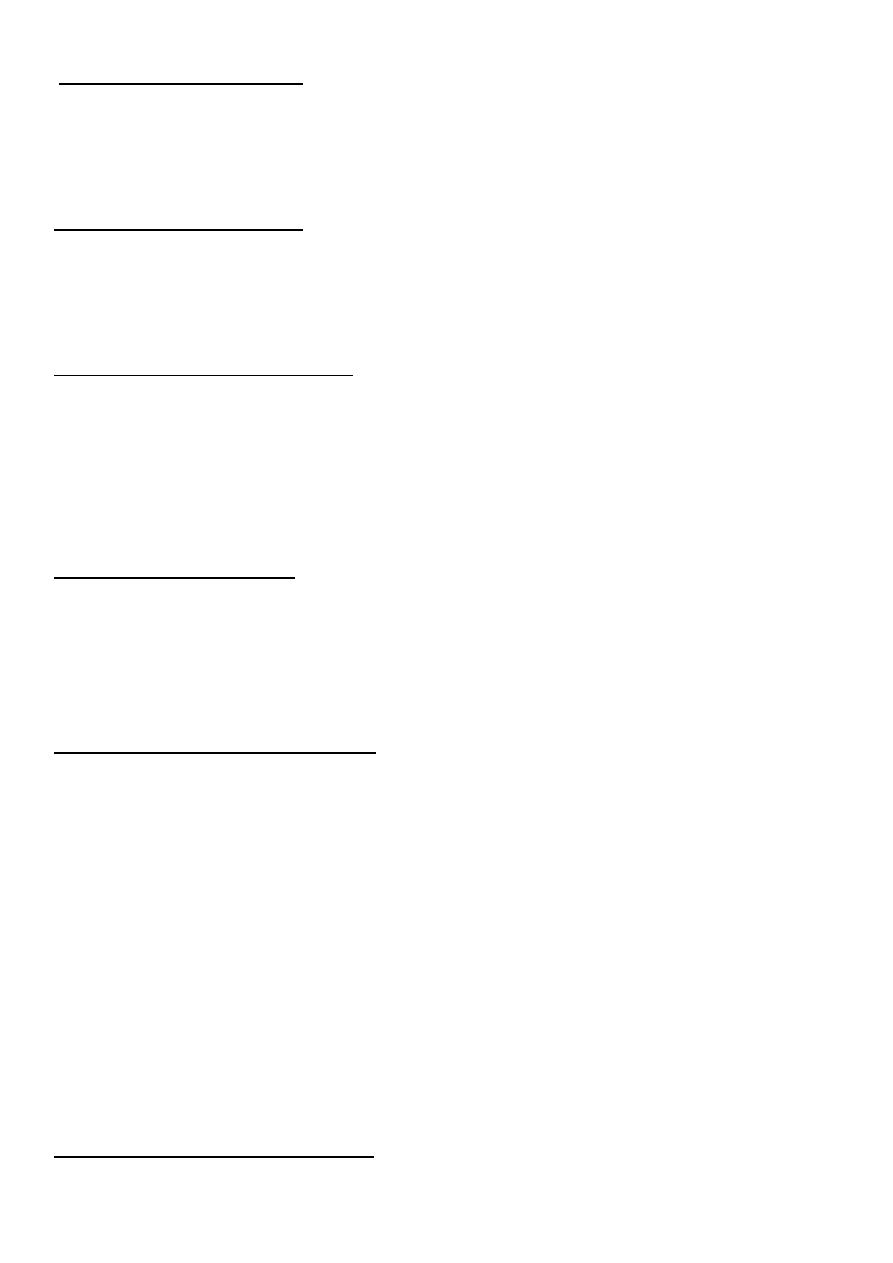
Pediatric general examination
#General
Age and sex
Consciousness (conscious, lethargic, unconscious)
Alert or not, irritable or sleepy, oriented (in older children)
Posture (lying in bed, or in lap of his mother)
Any external corrections (cannula, IV fluid)
Built (average build, thin, emaciated, obese)
#Examination of head
1- Hair:
Distribution
Fragile or not
Thick or silky
Alopecia (loss of hair) localized as in skin disease or generalized as SLE
2- Fontanels:
Examine it when baby is sitting and not crying
Size normal 2.5 cm if large decrease of bone hypothyroidism
Depressed or sunken dehydration
Bulging increased intra-cranial pressure ICP – hypernatremia – fluid therapy
Anterior fontanel diamond shape – close in 6-18 months
Posterior fontanel triangular shape – close in 3 months
3- Face Skin color:
Pallor anemia, nephrotic syndrome, hypopituitarism, shock
Jaundice increased serum bilirubin
Plethoric face polycythemia
Earthy pale complexion uremia
Pigmentation racial, actinic, in disease like Addison's
Malar flask in mitral stenosis
4- Eye:
Anemia look at palpebral conjunctiva
Polycythemia congested conjunctiva
Jaundice look at sclera
Puffiness (edema of the eyelids) in renal disease and myxedema and allergic
Xanthelasma yellowish plaques around the eye
Sub-conjunctival hemorrhage in bleeding tendency, conjunctivitis, severe
cough
Sunken eye dehydration

Tears on crying or not
Any discharge
White spots in the iris Vit. A deficiency
5- Ear:
Discharge
Large or small ears
Low set ears
Boat ear (congenital)
6- Nose:
Nasal discharge
Look inside for any polyps
Bleeding
Flaring of ala nasi (sign of respiratory distress)
7- Lips:
Cyanosis
Ulcer
Herpes labialis
Angular stomatitis and cheilosis Iron deficiency anemia & vitamin deficiency
8- Gums:
Red + swollen + suppuration gingivitis
Gingival hypertrophy in scurvy, leukemia, drugs like phenytoin
Bleeding gums inflammation, Vit. C deficiency
9- Teeth:
Number of teeth
Dental caries
Teeth loss
10- Tongue:
Color red in glossitis, pale in severe anemia, yellow in jaundice, blue in
central cyanosis
Moisture dry tongue in dehydration and air and drugs like anticholinergic
Fur in air breathers
Smooth tongue in anemia
11- Buccal mucosa:
Thrush candida infection
Aphthus ulcer
Petechial hemorrhage bleeding tendency and infection
Pigmentation Addison's disease
Pallor anemia
12- Congenital anomalies:
Cleft lip and cleft palate and Cleft uvula

#Examination of Neck
Lymphadenopathy
Swelling midline or lateral
Using of accessory muscle in respiration sign of respiratory distress
#Examination of chest
Abnormal shape
Intercostal retractions
Rachitic rosary beaded ribs in rickets
#Examination of Abdomen
Abdominal distention
Groin and genitalia
Skin rash allergy, contact dermatitis, candidiasis
Sings of wasting loss of muscle + loss of subcutaneous fat + look at thigh, buttock,
arm and pectoralis major muscle
#Examination of back
Sacral edema
Rash
Meningocele and myelomeningeocele
Vertebral column pass your finger along the vertebral column
#Examination of upper limbs
Joint swelling and deformities
Muscle wasting
Skin color anemia, cyanosis, jaundice, pigmentations
Skin lesions purpura, petechiae, purpupic spots, ecchymosis, hematoma
Palmer erythema, spider navei, central pallor of the palm
Nails clubbing, koilonychias, onycholysis ((GIT causes of clubbing in pediatric are:
celiac disease, cystic fibrosis, liver cirrhosis, IBD))
Abnormal movements
Hand moisture
Skin retraction
Creases
Widening of wrist joint on rickets
#Examination of lower limbs
Joint swelling and deformities

Muscle wasting
Edema
Bowing of leg in rickets
Ankle joint widening in rickets
Color jaundice, pallor, cyanosis
Examination of the foot
#Examination of vital signs
1- Blood pressure
2- Temperature
36.5 – 37.5 = normal
< 36.5 = sub-normal
< 35 = hypothermia
> 37.5 = febrile
> 41 = hyperpyrexia
3- Pulse rate
Newborn (< 1 month) 120-160 bpm
infant (1-12 month) 80-140 bpm
toddler (1-3 year) 80-130 bpm
preschooler (3-5 year) 80-120 bpm
school age (6-12 year) 70-100 bpm
adolescent (> 13 year) 60-100 bpm
4- Respiratory rate
Newborn (< 1 month) 30-50
infant (1-12 month) 20-30
toddler (1-3 year) 20-30
preschooler (3-5 year) 20-30
school age (6-12 year) 20-30
adolescent (> 13 year) 12-20
5- Anthropotric measures height – weight – head circumference
